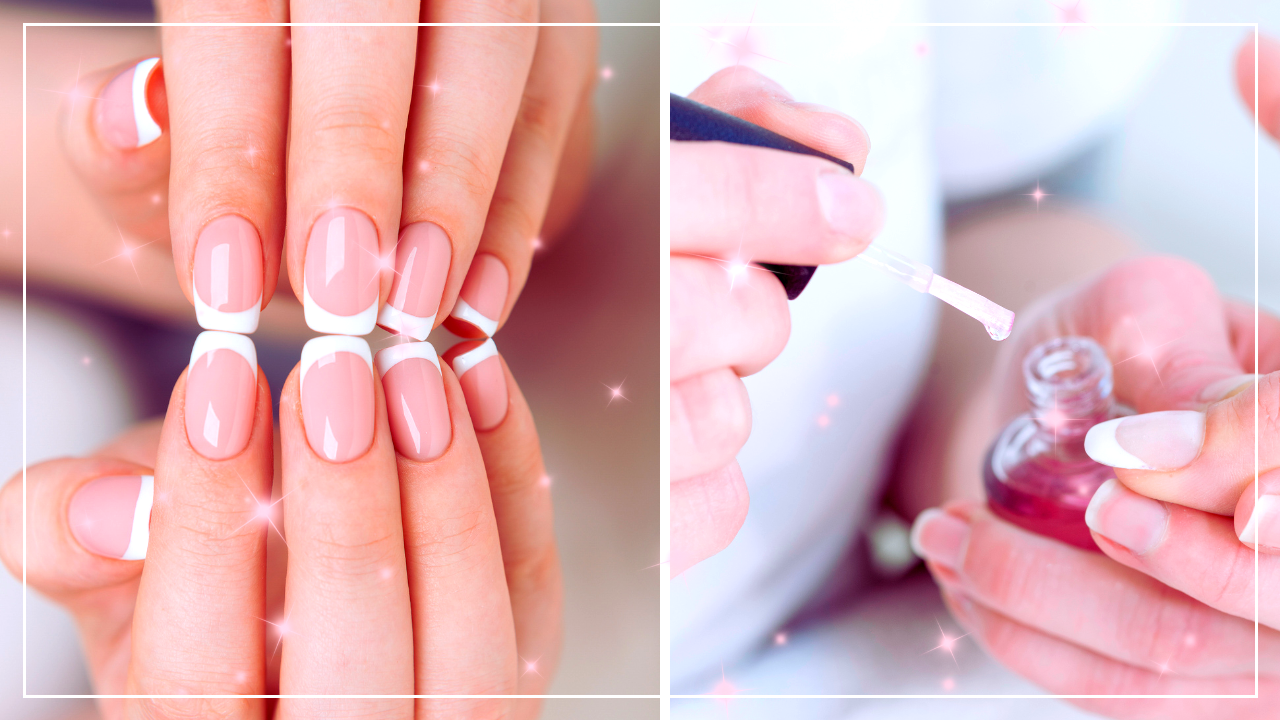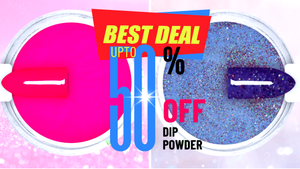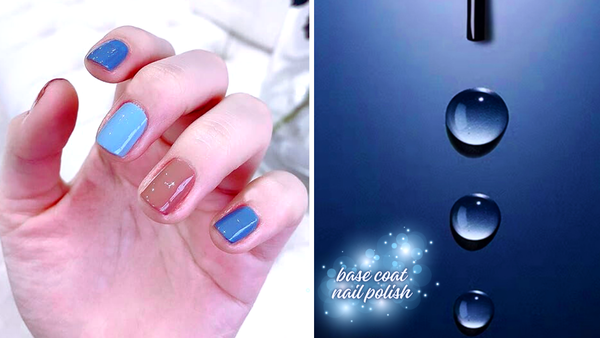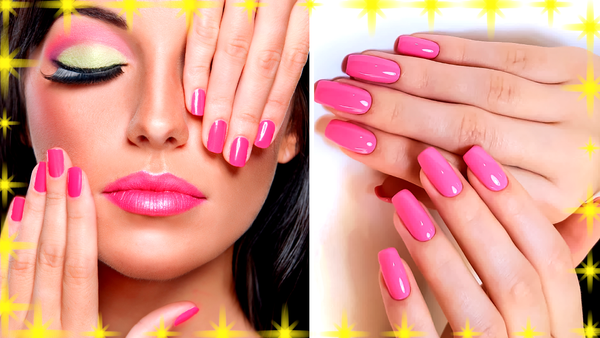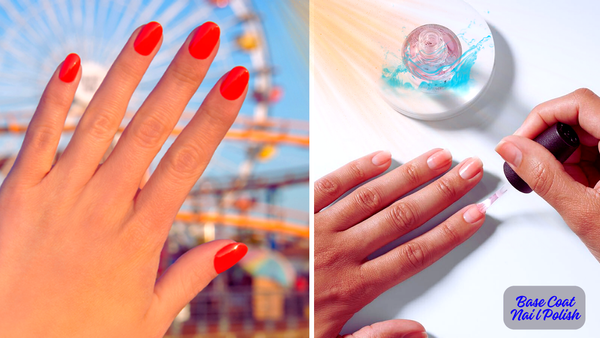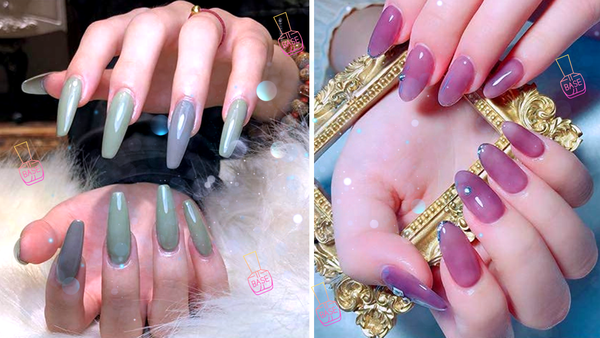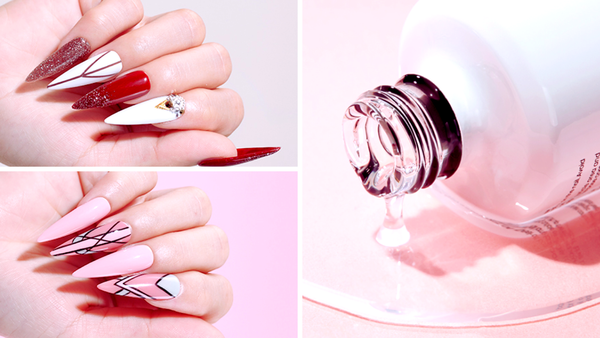Key Takeaways:
- Base and top coats serve different purposes in a manicure, with specific functions for each.
- While you can use a base coat as a top coat in a pinch, it may not provide the same shine, protection, or longevity.
- Understanding the unique properties of base and top coats can help you achieve the best nail results.
Nail care enthusiasts often wonder about the flexibility of their nail care products. One common question is, "Can I use a base coat as a top coat?" This query arises from a desire to simplify the manicure process or perhaps make do with what's on hand. To answer this, let's delve into the roles of base coats and top coats in nail care.
The Role of Base Coats
Base coats are the foundation of a good manicure. They are designed to adhere to the natural nail surface, creating a perfectly smooth layer for the color coat to adhere to. Base coats are generally thicker than top coats and are formulated to fill in any ridges or imperfections on the nail surface. They also prevent the natural nails from staining from pigmented polishes.
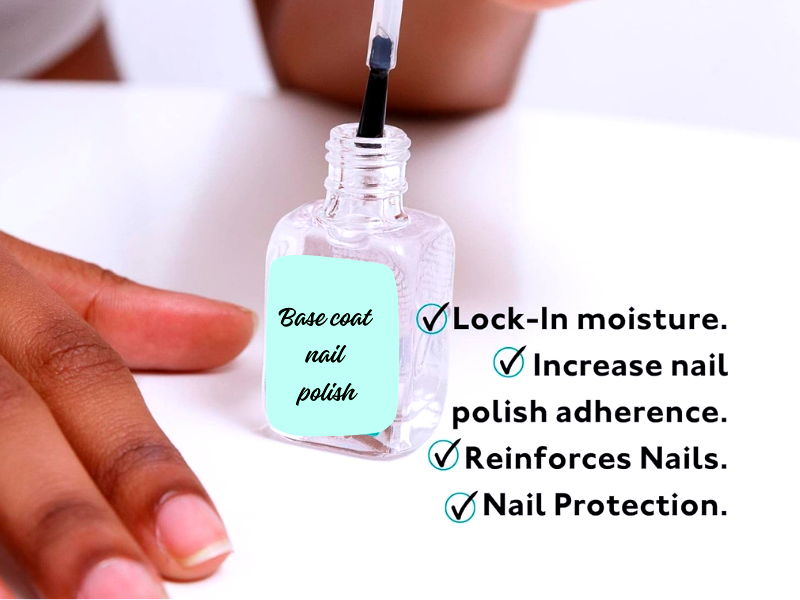
The Purpose of Top Coats
Top coats, on the other hand, are meant to seal and protect the color coat. They add shine and create a barrier that helps prevent chipping and wear. Top coats are typically clear and have a glossy finish that enhances the look of the painted nails. They are specifically designed to cover the color coat and provide a shiny, smooth finish.
Can They Be Interchanged?
While both base coats and top coats are clear lacquers, they are not created equal. Base coats are formulated to adhere to the natural nail and provide a sticky base for the color coat. Top coats are designed to adhere to the color coat, providing a hard, protective layer that is generally shiny and smooth.
The Chemistry Behind Nail Coats
The chemistry of base and top coats is tailored to their specific functions. Base coats contain ingredients that help them stick to the natural nail and prevent chipping of the color coat. Top coats are formulated to be durable and create a shiny finish that can withstand daily wear and tear.
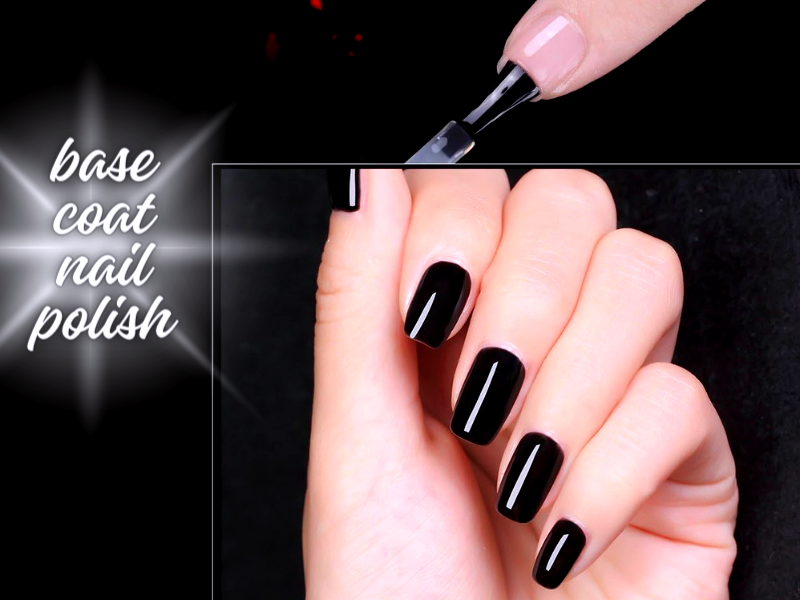
The Evolution of Nail Coats
Have you ever wondered how the humble nail coat has evolved? From the early days of using colored powders and waxes to the modern gel polishes we see today, nail coats have come a long way. Initially, the focus was purely on adding color to the nails, but as manicures became more sophisticated, the need for base coats and top coats became evident. Base coats were developed to protect the natural nail from staining and to create a smooth surface for the color coat to adhere to. Meanwhile, top coats were designed to add shine and protect the color from chipping.
The innovation didn't stop there. The introduction of gel manicures brought about a revolution in the nail industry. The gel base and top coats not only provided a shiny finish but also significantly improved the longevity of the manicure. These gel polishes require curing under a UV or LED lamp, creating a durable, glossy finish that traditional lacquers couldn't match. As a result, the gel manicure has become a popular choice for those seeking a long-lasting, perfectly smooth look. Putting on a gel manicure is more involved, but the benefits are clear: a chip-resistant, stunningly shiny finish that can last for weeks.
The Science of Nail Coat Formulations
Diving into the science of nail coat formulations can be quite fascinating. Did you know that the reason base coats and top coats perform their specific functions so well is due to their unique chemical compositions? Base coats are generally thicker and contain more adhesive ingredients to help them stick to the natural nail and prevent polish from chipping. They often include ingredients that fill in ridges and create a perfectly smooth surface for the next coat. Additionally, some base coats are infused with nutrients to protect and strengthen the natural nails.
Top coats, on the other hand, are formulated to be clear and glossy, with components that help them quickly form a hard barrier over the color coat. This barrier gives the manicure its shiny finish and helps seal the color, preventing it from fading or wearing away. Some top coats are designed to dry incredibly fast, while others are made to create a matte finish or even a gel-like shine without needing a lamp. The chemistry behind these formulations allows them to provide the best results, ensuring your manicure looks great and lasts longer. Whether you're using a traditional lacquer or a gel polish, the right top coat can make all the difference in achieving that salon-quality look at home.
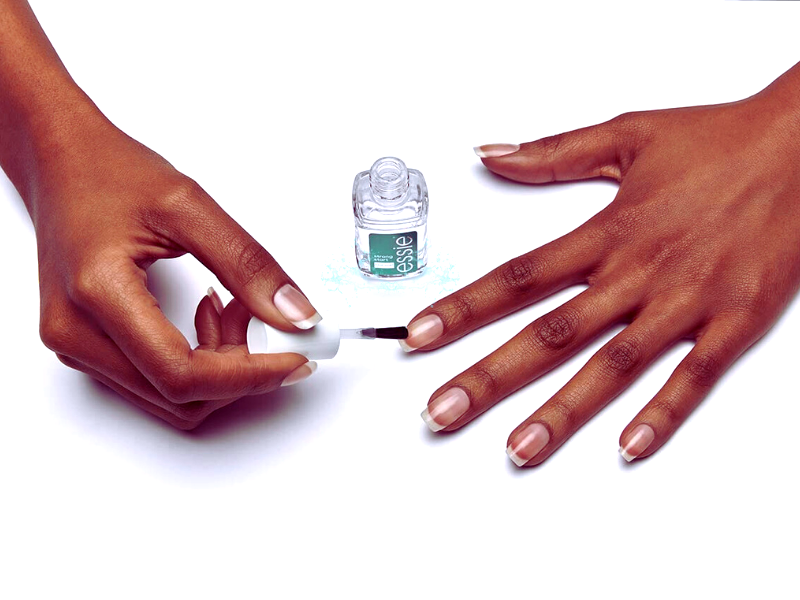
Practical Differences in Application
When applying a gel manicure, the base coat ensures the gel polishes stick to the nail surface. The top coat is what gives the gel manicure its long-lasting shine and protection. Using a base coat as a top coat in this scenario would not provide the glossy finish or the same level of protection against chipping.
The Impact on Nail Health
Using a base coat as a top coat can also affect the health of your nails. Base coats are designed to protect the natural nail from staining and damage, while top coats are meant to protect the color coat. Without the proper top coat, your manicure may not last as long, and your nails could be more susceptible to damage.
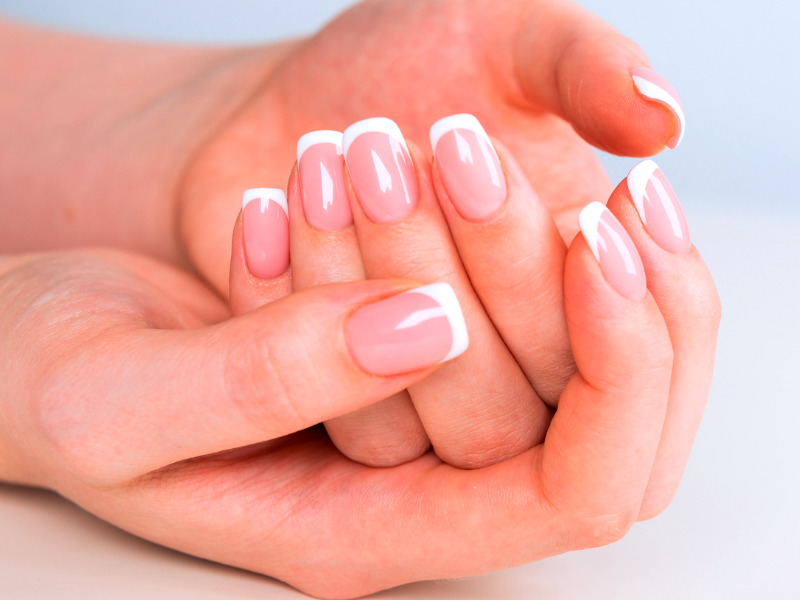
Aesthetic Considerations
Aesthetically, a base coat used as a top coat may not give the nails the same shiny finish. Top coats are generally thicker and create a perfectly smooth surface that reflects light, giving the nails a glossy appearance. A base coat may leave the nails matte and not as polished.
Longevity and Wear
In terms of longevity, top coats are formulated to extend the life of your manicure. They seal in the color coat and provide a layer of protection that can significantly increase the wear time of your polish. Using a base coat as a top coat may result in quicker fading or chipping of the color.
Summary
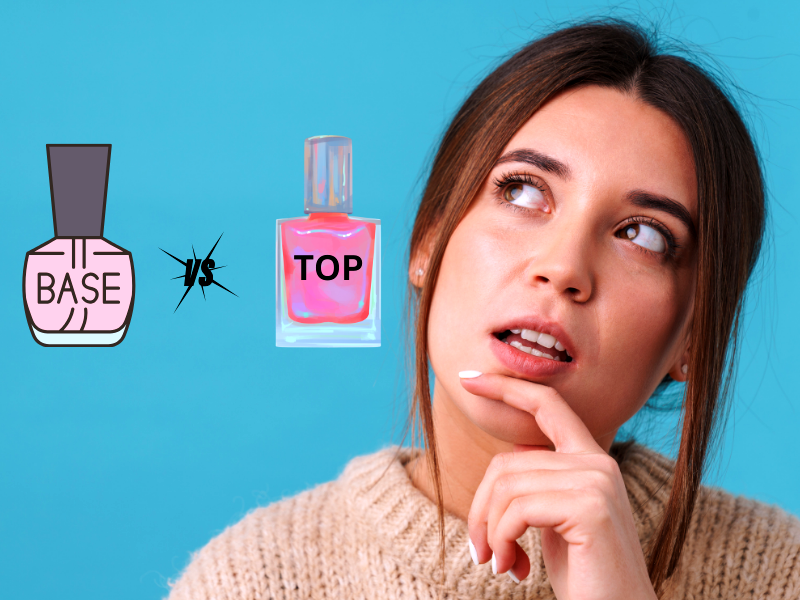
In summary, while you can technically use a base coat as a top coat, it's not recommended if you want the best results. Base coats and top coats are formulated with different goals in mind, and using them interchangeably could compromise the appearance, protection, and longevity of your manicure. For a manicure that looks great and lasts, it's best to use each product as intended.
FAQ Section
Will using a base coat as a top coat affect the drying time of my manicure?
Yes, it might. Top coats are generally formulated to dry quickly and create a hard, protective layer. A base coat may not have the same fast-drying properties and could result in a longer wait time for your manicure to dry completely.
Can I use a base coat as a top coat if I'm out of a top coat?
While it's not ideal, you can use a base coat as a top coat in a pinch. Just be aware that it may not provide the same level of shine, protection, or longevity as a proper top coat.
Are there any benefits to using a base coat as a top coat?
The main benefit would be the convenience if you don't have a top coat. However, for the best results and to truly protect your manicure, it's advisable to use a top coat for its intended purpose.
